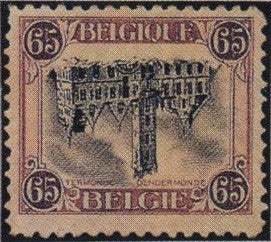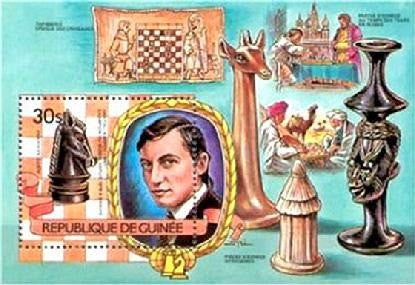Anatoly Yevgenyevich Karpov was born on May 23, 1951 in the Urals region of the Soviet Union. He excelled at chess from a young age, learning the game at four and becoming a Candidate Master by age 11.
Karpov didn't let chess interfere with school, earning a gold medal for academic excellence before studying maths and economics at university. But his teenage years were mostly spent studying at Mikhail Botvinnik's famous chess school despite World Champion Botvinnik's own assessment that, "The boy does not have a clue about chess, and there's no future at all for him in this profession."
Becoming the youngest Soviet National Master in history at 15 in 1966 Karpov finished first in his first international tournament in Třinec, and worked his way up the rankings until he was considered the best candidate to take on the World Champion, American Bobby Fischer.
Fischer, though considered one of the greatest players in history, was erratic and distrustful, especially in major matches against Soviet players. He defaulted following a dispute with governing body FIDE over the rules, handing his rival the victory.
The frustrated Karpov entered a phenomenal number of chess tournaments over the following decade in order to legitamise his status as Champion where he was a daunting force and for some time held the record for most consecutive tournament victories (nine).
 Stamp Belgium Termonde 1920 invert |
He is considered one of the greatest players of all time. Indeed his only rival by many statistics is the player with whom he had a long-drawn, close-fought rivalry for the World Championship: Garry Kasparov.
Karpov has always been an avid collector, devoting the same relentless dedication to collectibles as he has to his chess. Like most of his classmates he collected pins and generated a collection featuring about 30,000 sport, Olympic and chess pins.
He also collects stamps however, and the first stamp in his collection was the USSR stamp celebrating 40 years of the Red Army in 1958. But it wasn't Soviet stamps which really grabbed Karpov's interest.
Instead Karpov's attention was drawn by colonies of the British Empire, and also stamps showing animals which could not be seen in Russia such as snakes, kangaroos or zebras. He has gone on to collect chess and Olympic Games stamps from the first modern Olympic Games in Athens, Greece (1896).
Karpov also has a range of stamps from the USSR, France, Monaco, and the Netherlands, but his most valuable selection is from Belgium and the Belgian Congo, of which he has the largest existing collection. The earliest stamps (until around 1869) are notable for their attractive designs.
 Karpv has himself appeared on stamps, such as this one from Guinea |
One of his Belgian stamps is one of just fourteen examples of the famous Termonde invert which shows one of the buildings upside down. It is thought to be worth around $100,000. By some estimations Karpov’s collections of stamps and other items are worth $15m. But he has not collected primarily as an investment.
Karpov has spent some of 2010 finishing off a book which will place all the collectibles in their historical context. The book was delayed when the original text was stolen, but the book is now substantially complete.
In his later years Karpov has had some involvement with politics including at one point being the President of the Soviet Peace Fund, and has an interest in international relations. Karpov has often said he sees stamps as a useful tool for connecting with other cultures, and a route into communicating with people all round the world.
- Click here to view our stamps for sale
- Learn how you can get pleasure and profit by investing in rare stamps
- Read all the latest Stamps & Covers news
Join our readers in over 200 countries around the world - sign up for your free weekly Collectibles Newsletter today






